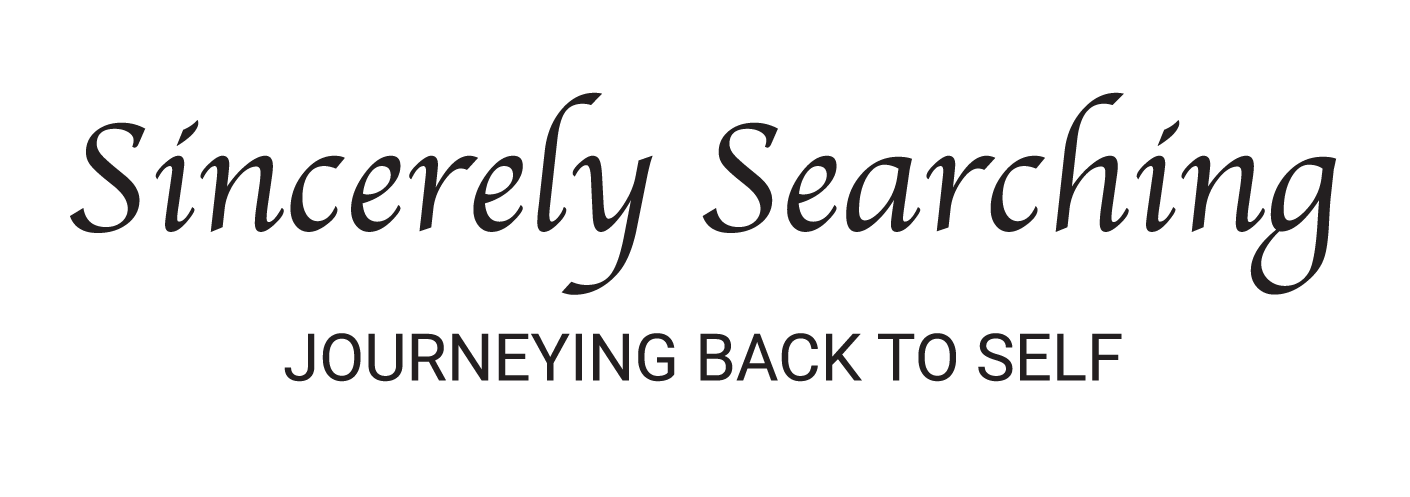Chasing Comfort
Emotional Freedom
Life offers us the experiences of feeling bad and feeling good—two emotional opposites that can guide our choices and shape our behavior in surprisingly similar ways. When we feel bad, our automatic reactions often take over, like being on "autopilot," without us realizing it. We may try to avoid, suppress, or blame external circumstances for our discomfort. Our busy routines can keep us distracted, preventing us from fully examining what’s happening inside. We mistake mental chatter for self-engagement, thinking that overthinking helps us address the issue. But much of this, along with reactive emotions, is simply another form of distraction. It clouds our reality and makes it harder to make conscious choices.
The downside of discomfort isn’t just that it feels bad; it’s that we often react unconsciously, letting habits dictate our behavior. We lash out, shut down, or seek quick fixes to escape the discomfort. Yet, feeling bad serves a purpose—it reveals what’s hidden beneath the surface. It shows us where our actions, beliefs, or circumstances aren’t aligned with what we truly want. It points to old wounds needing attention or areas in our life where change is needed. When we pause to observe our reactions, instead of letting them control us, we gain the ability to respond consciously.
But what about feeling good? When something feels good, we naturally want more of it. Life is hard, and moments of relief can feel like rewards for enduring struggle. We often structure our lives around the pursuit of feeling good—career success, relationships, or material comfort. But here’s the trap: the more we rely on feeling good, the more we lose balance. We give away our power, time, and energy to the need for comfort. This craving distorts our judgment, preventing us from seeing uncomfortable truths. We may even act out of fear of losing those good feelings. Instead of engaging with life as it unfolds, we get caught in a cycle of craving pleasure, reacting impulsively rather than thoughtfully. In chasing highs, we forget how to simply be and find fulfillment in the quiet, steady moments of life.
The upside of feeling good is clear—it lifts us up, inspires us, and reminds us of joy. But the downside is that it can lead us into autopilot just as much as feeling bad. We become so attached to the high that we chase it, overextending ourselves in jobs, relationships, or habits that aren’t balanced. We lose perspective, making choices based on maintaining a feeling, rather than what’s truly right for us. The question isn’t whether feeling good is bad—it’s whether we are present and aware while experiencing it, and whether we need it to feel complete.
Ultimately, true freedom comes from embracing neutrality—not by eliminating one emotion over the other, but by staying clear and steady no matter how emotions fluctuate. When we stop clinging to the highs and avoiding the lows, we break free from the emotional cycle. By practicing awareness, we free ourselves from the need to chase pleasure or avoid discomfort, living with true emotional freedom.
Sincerely Searching💓

